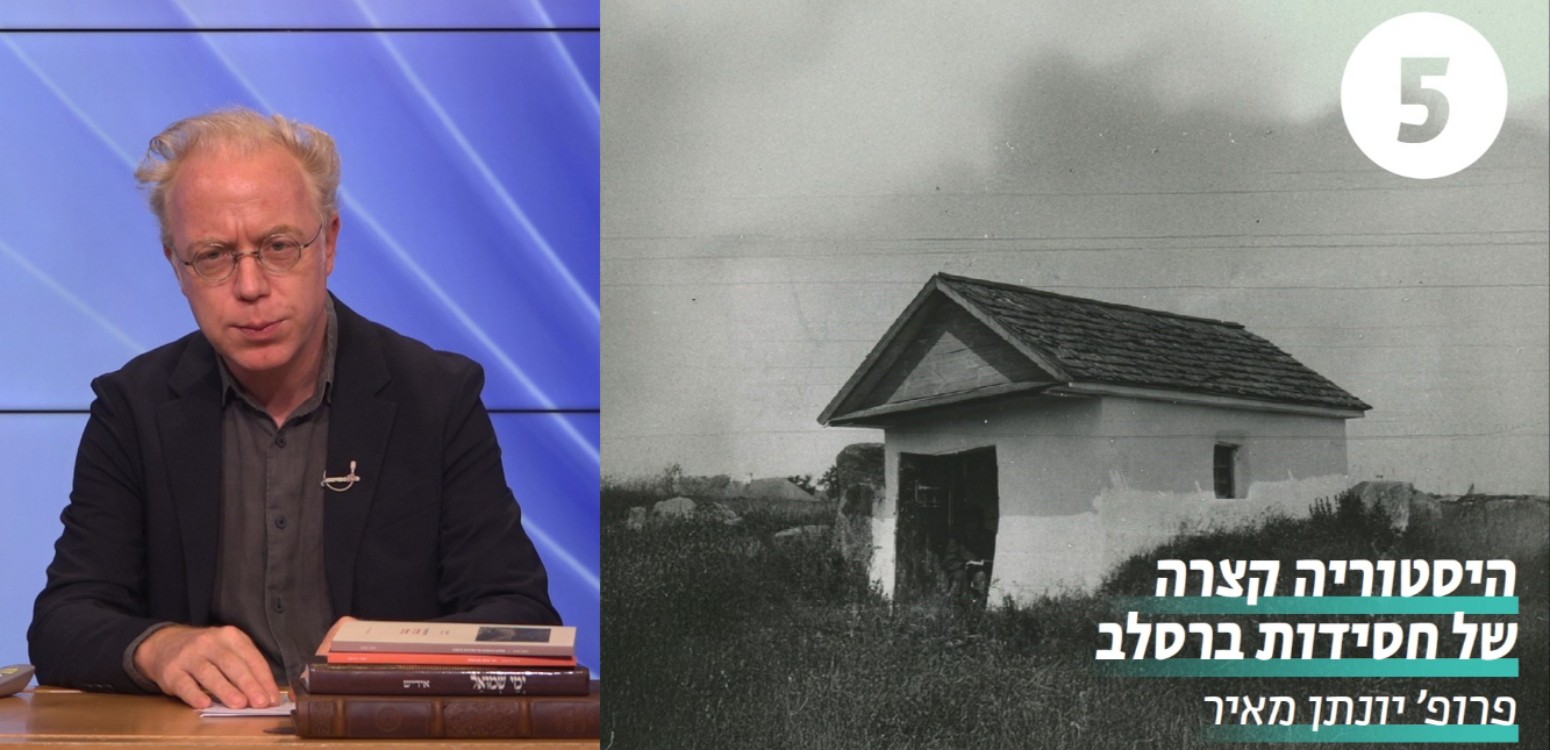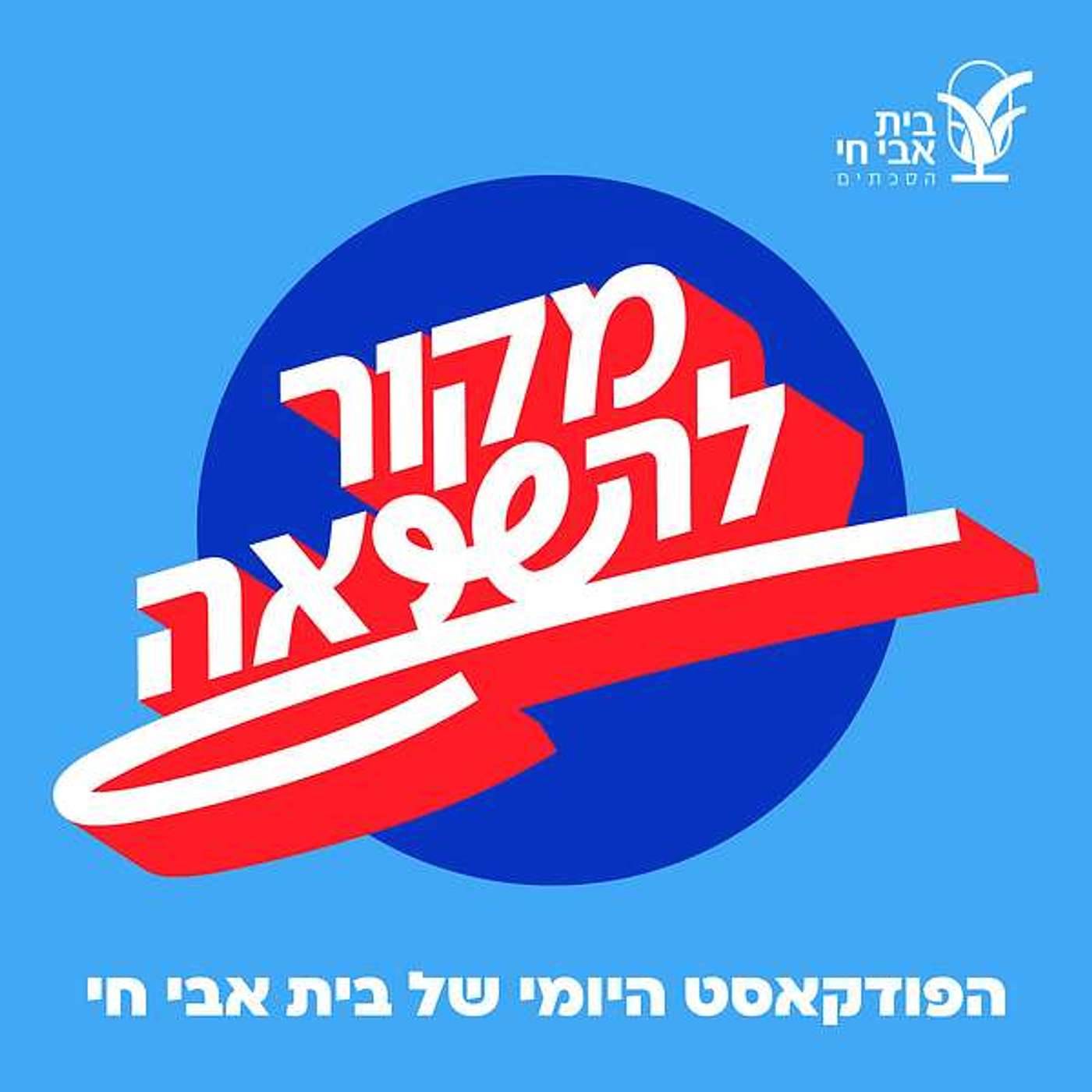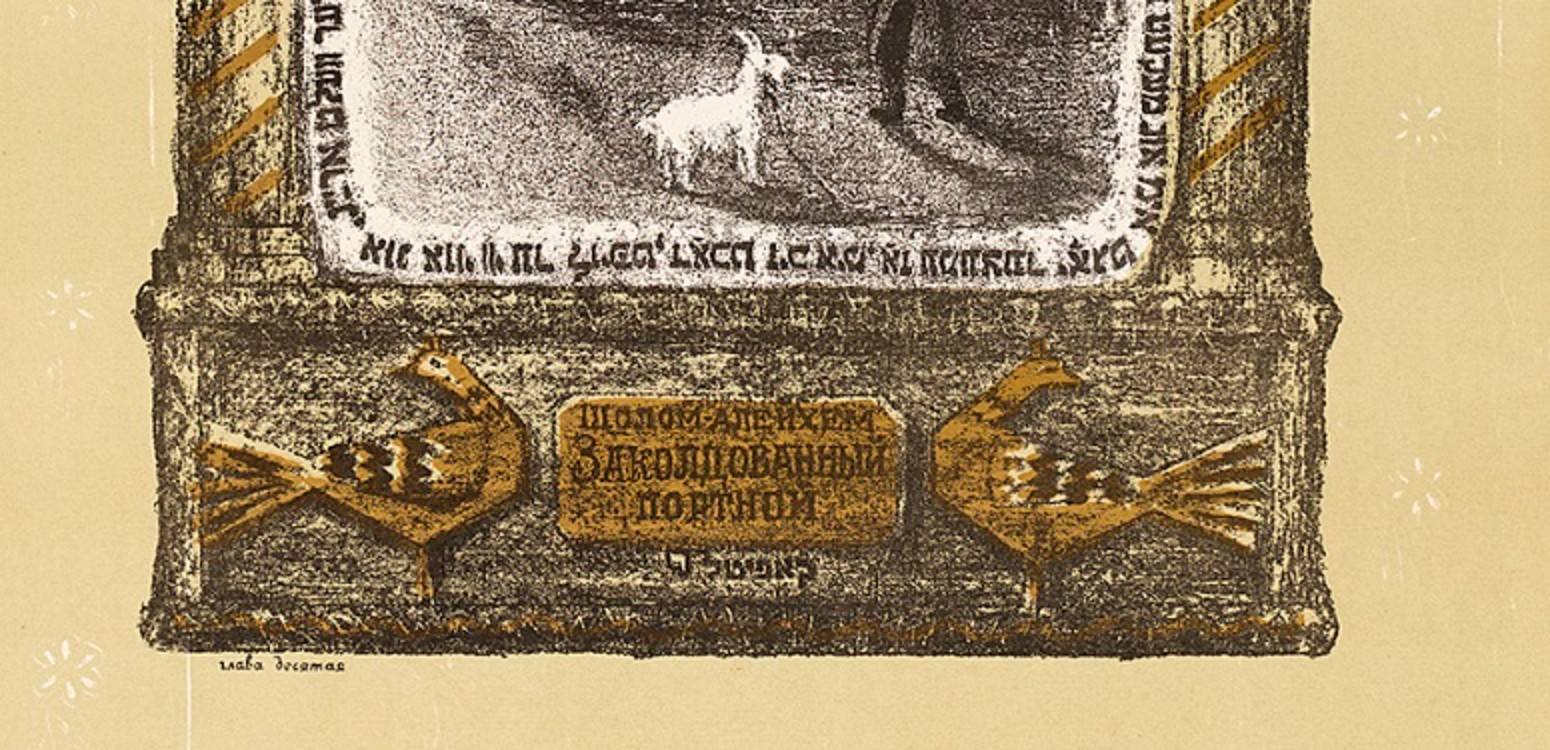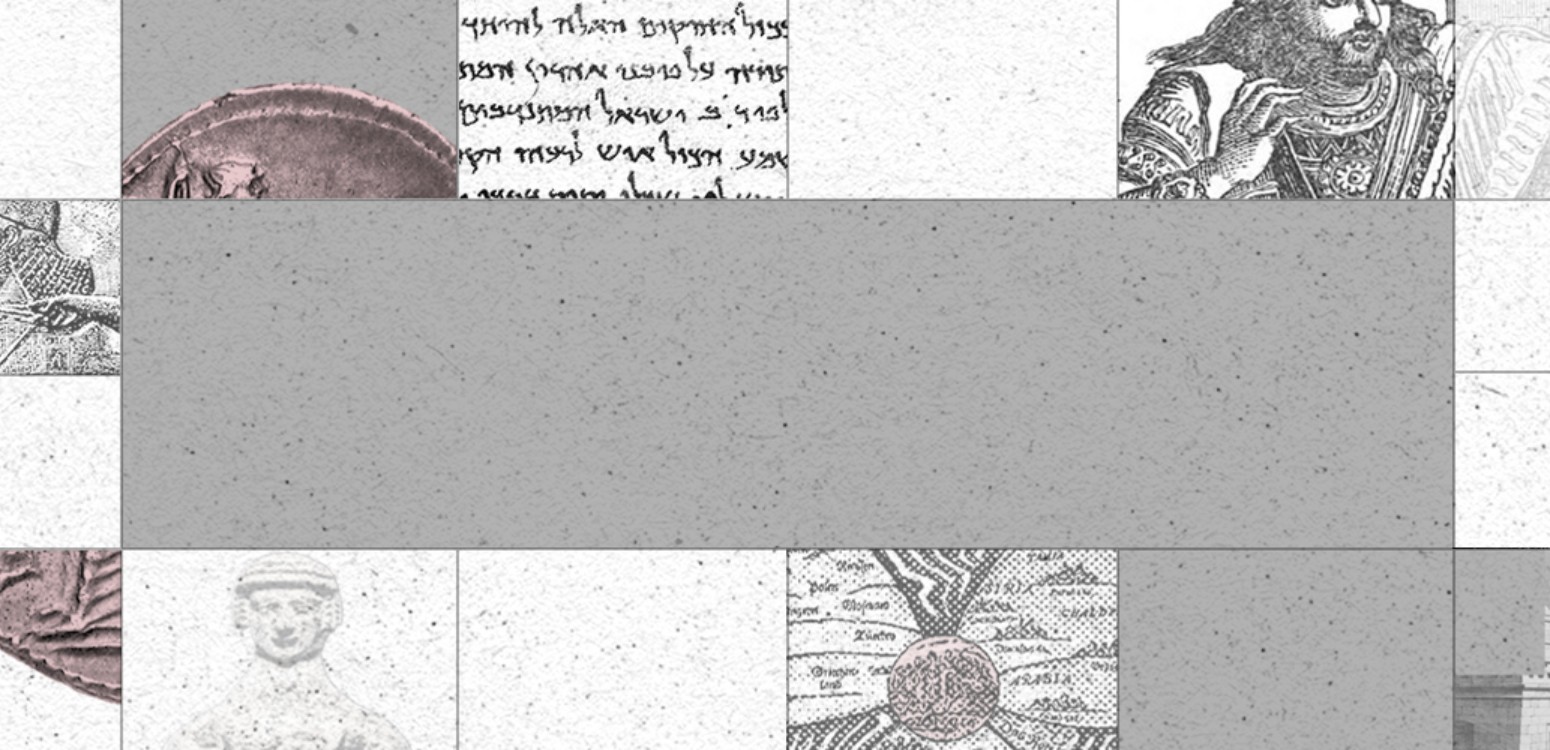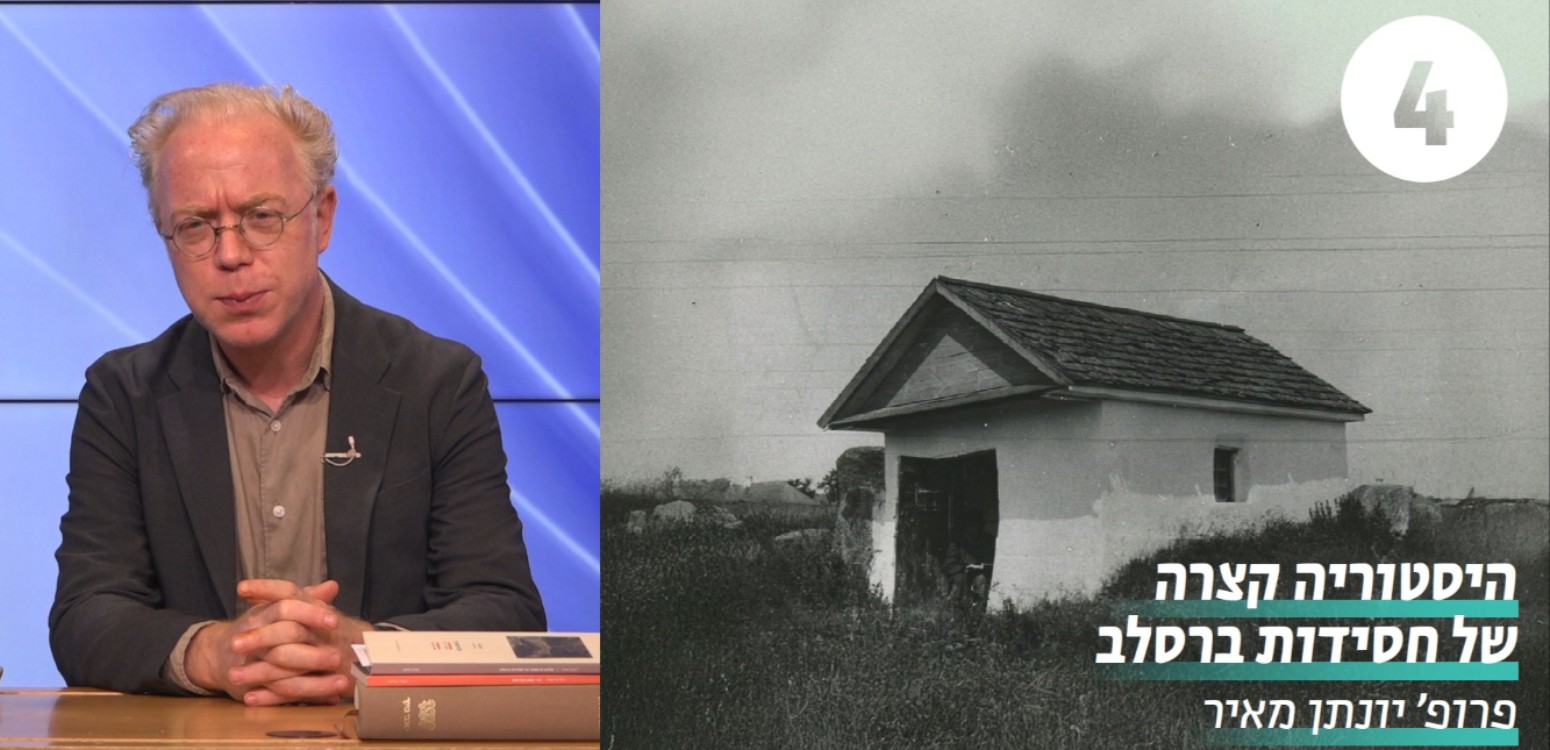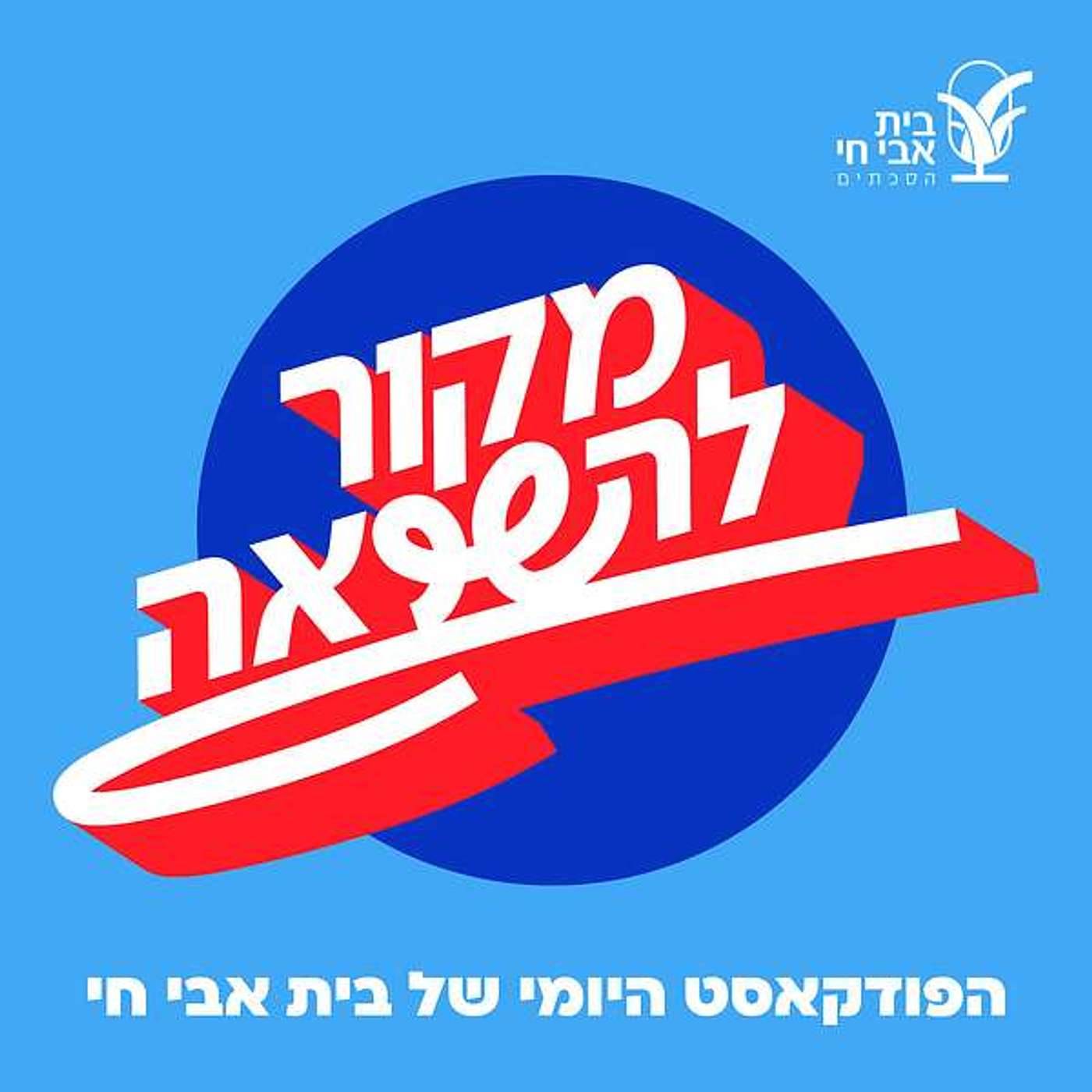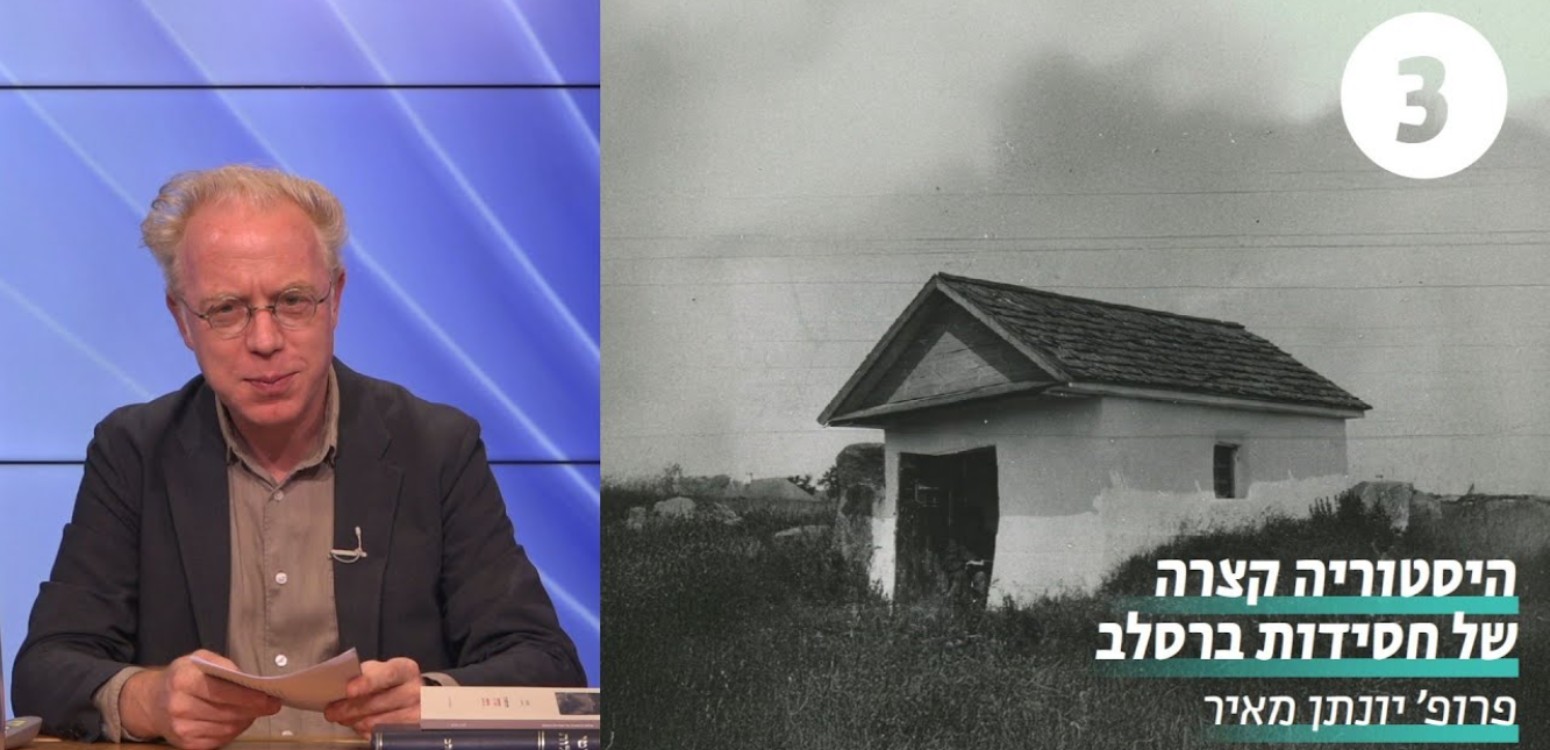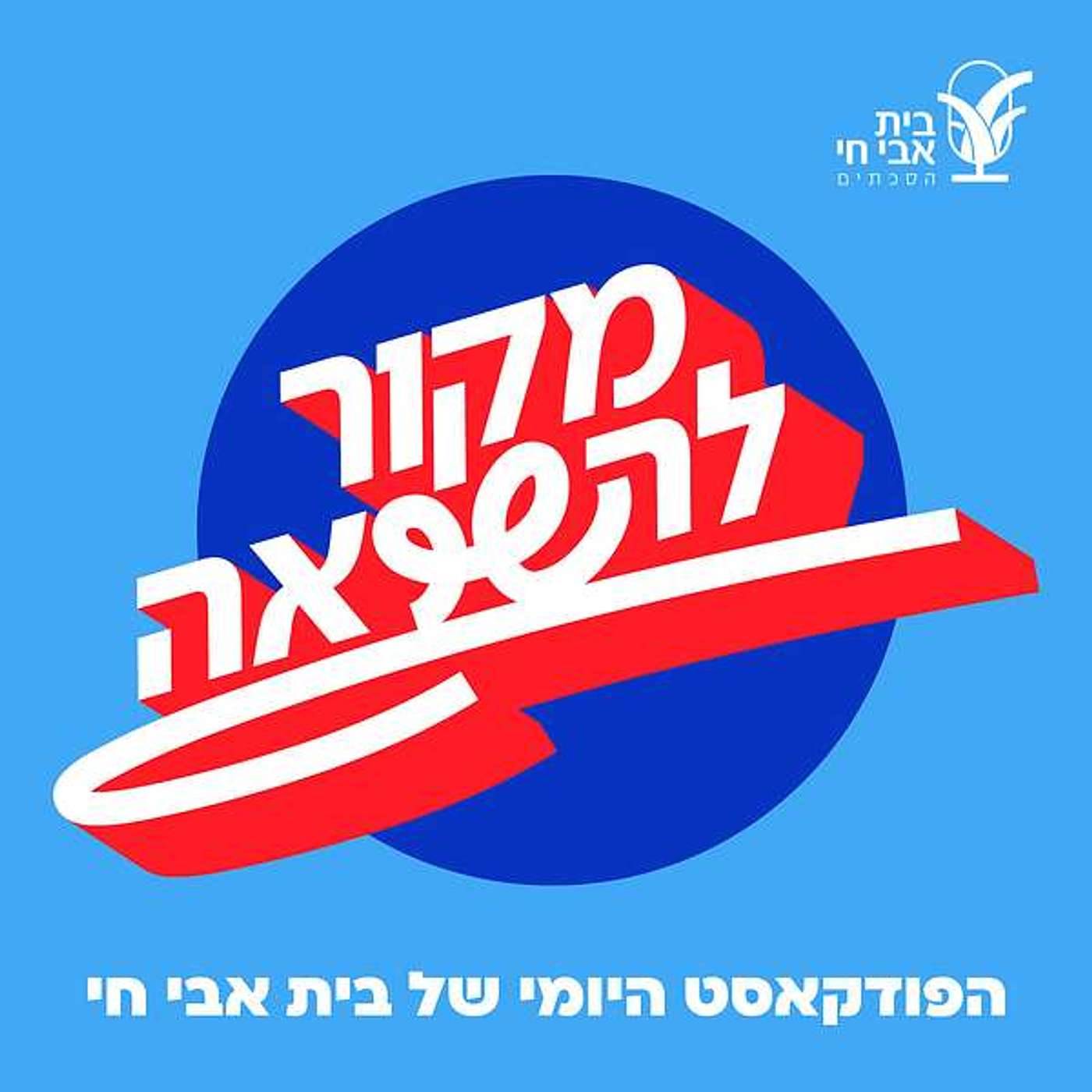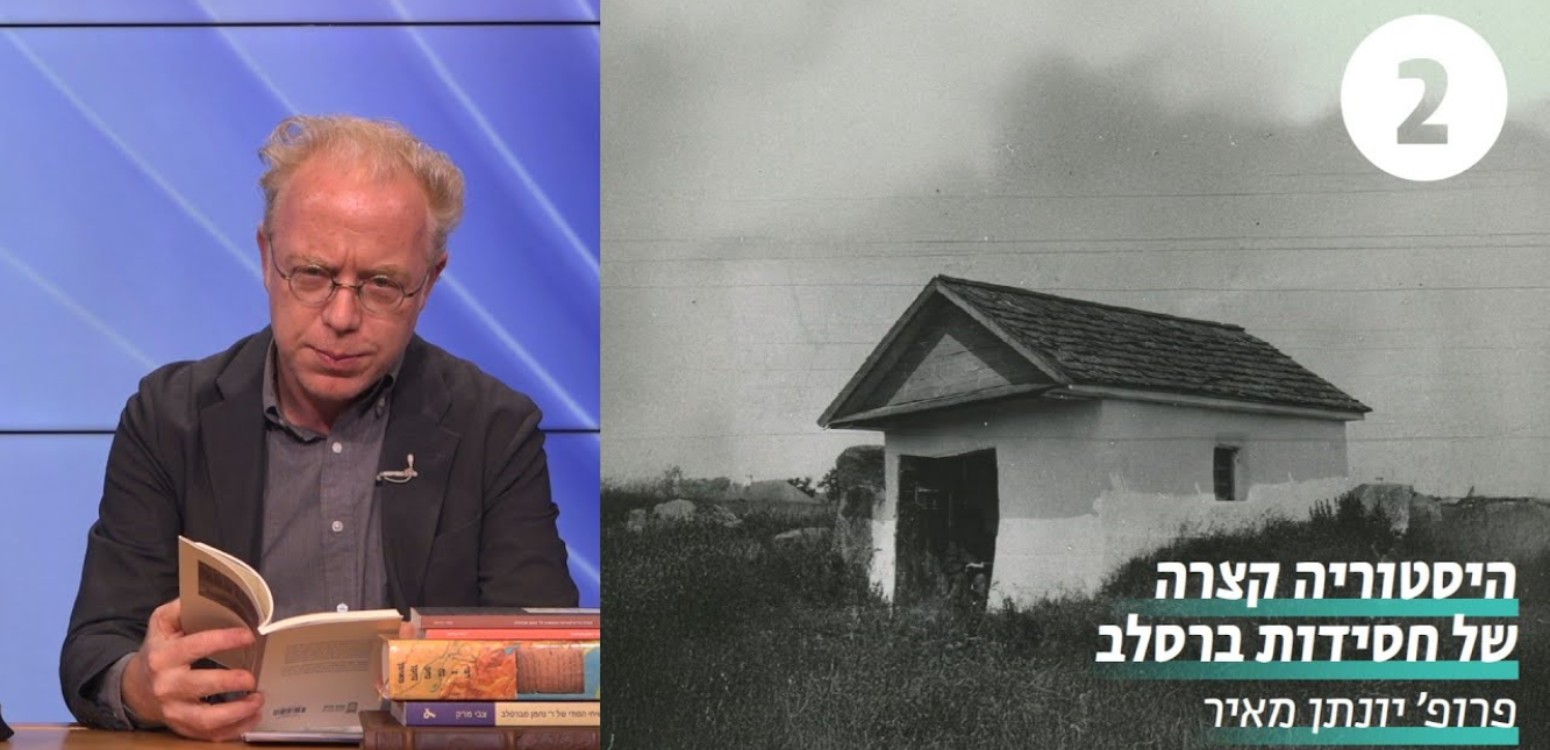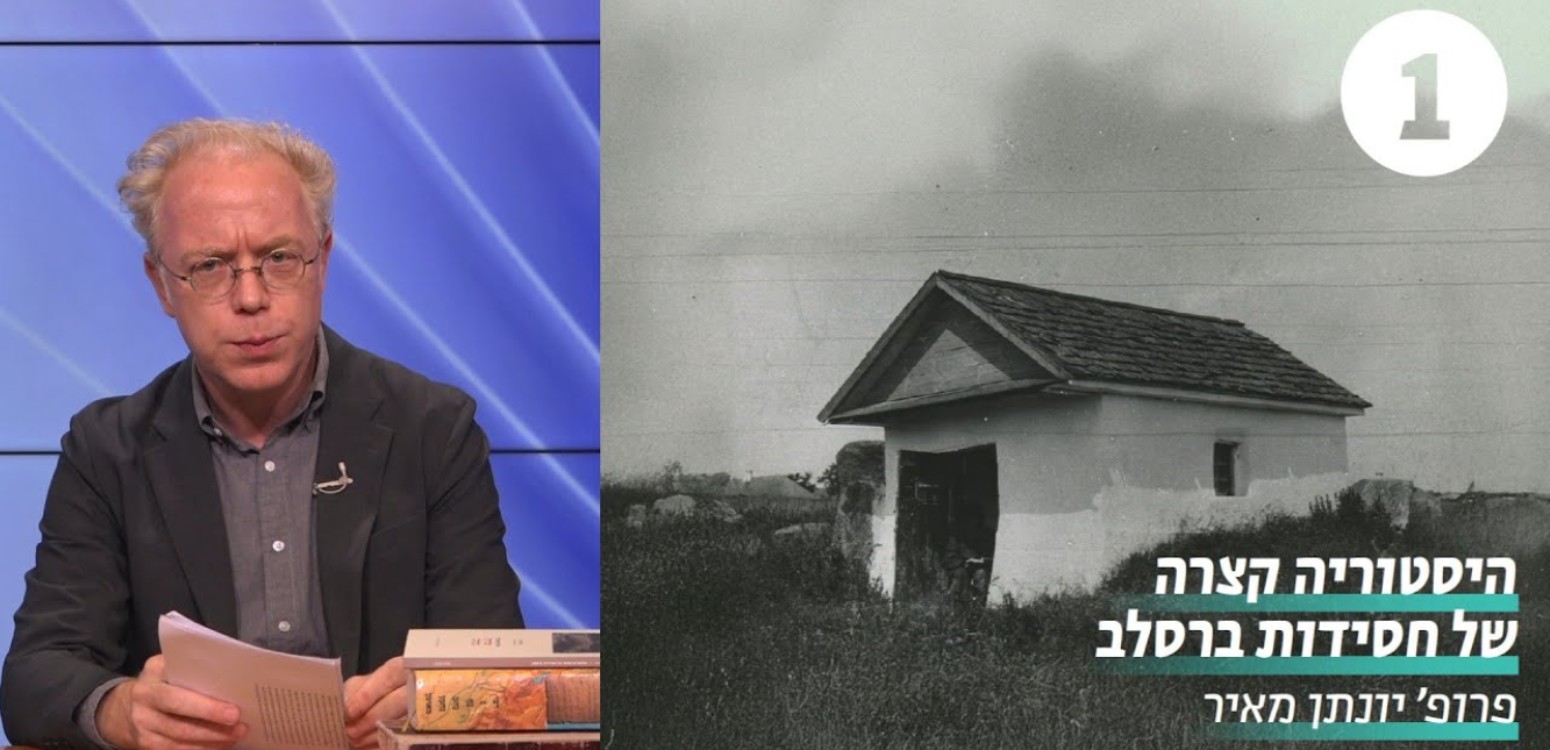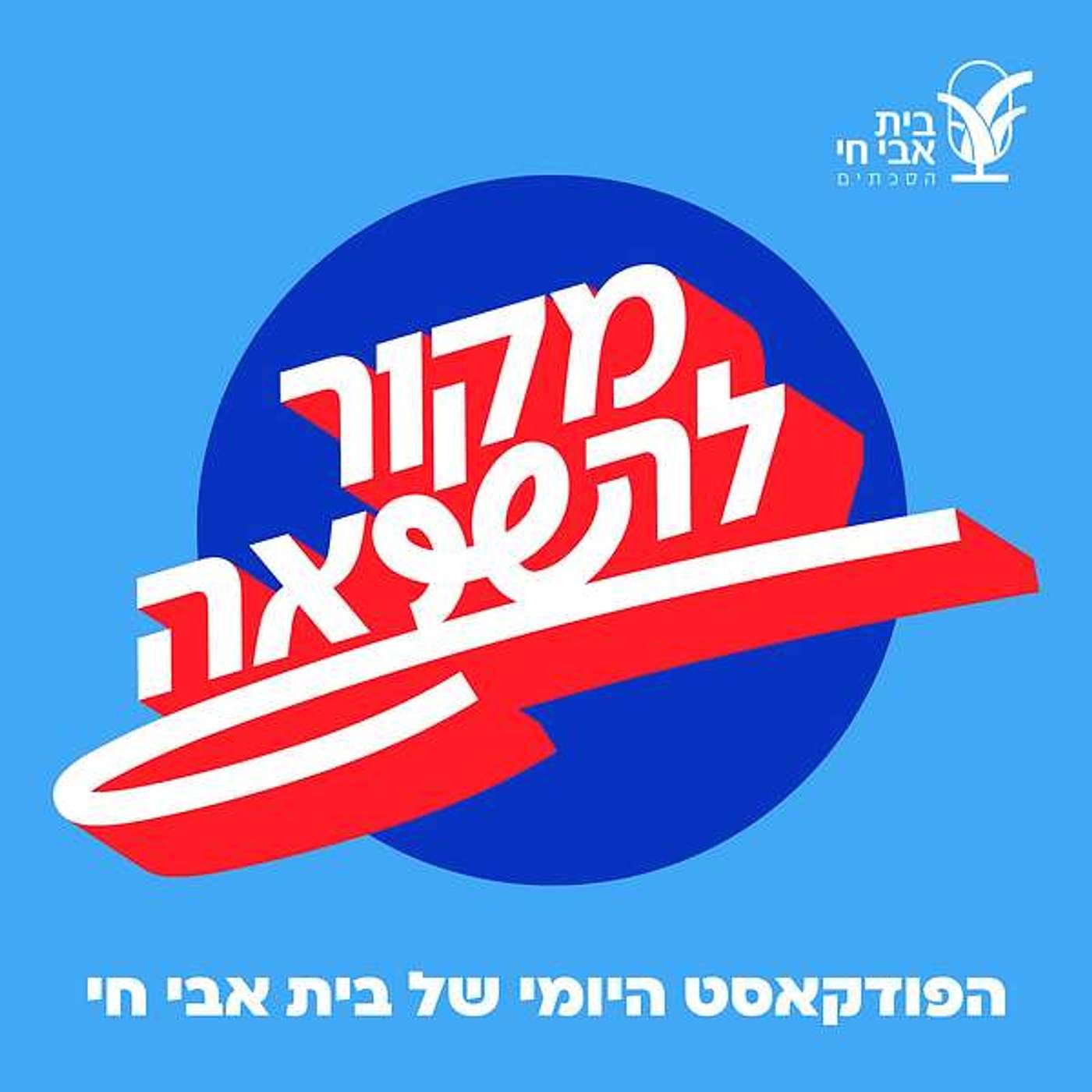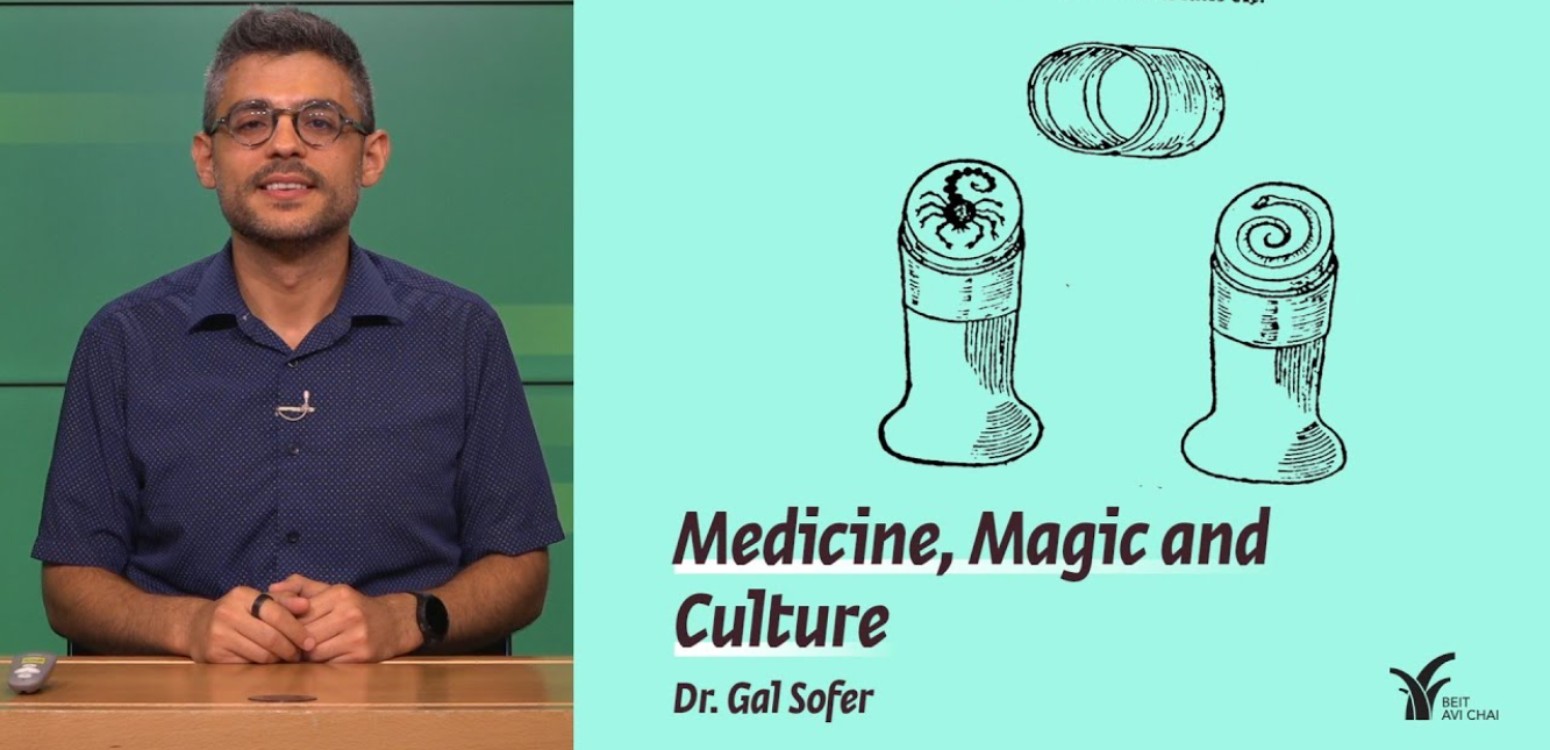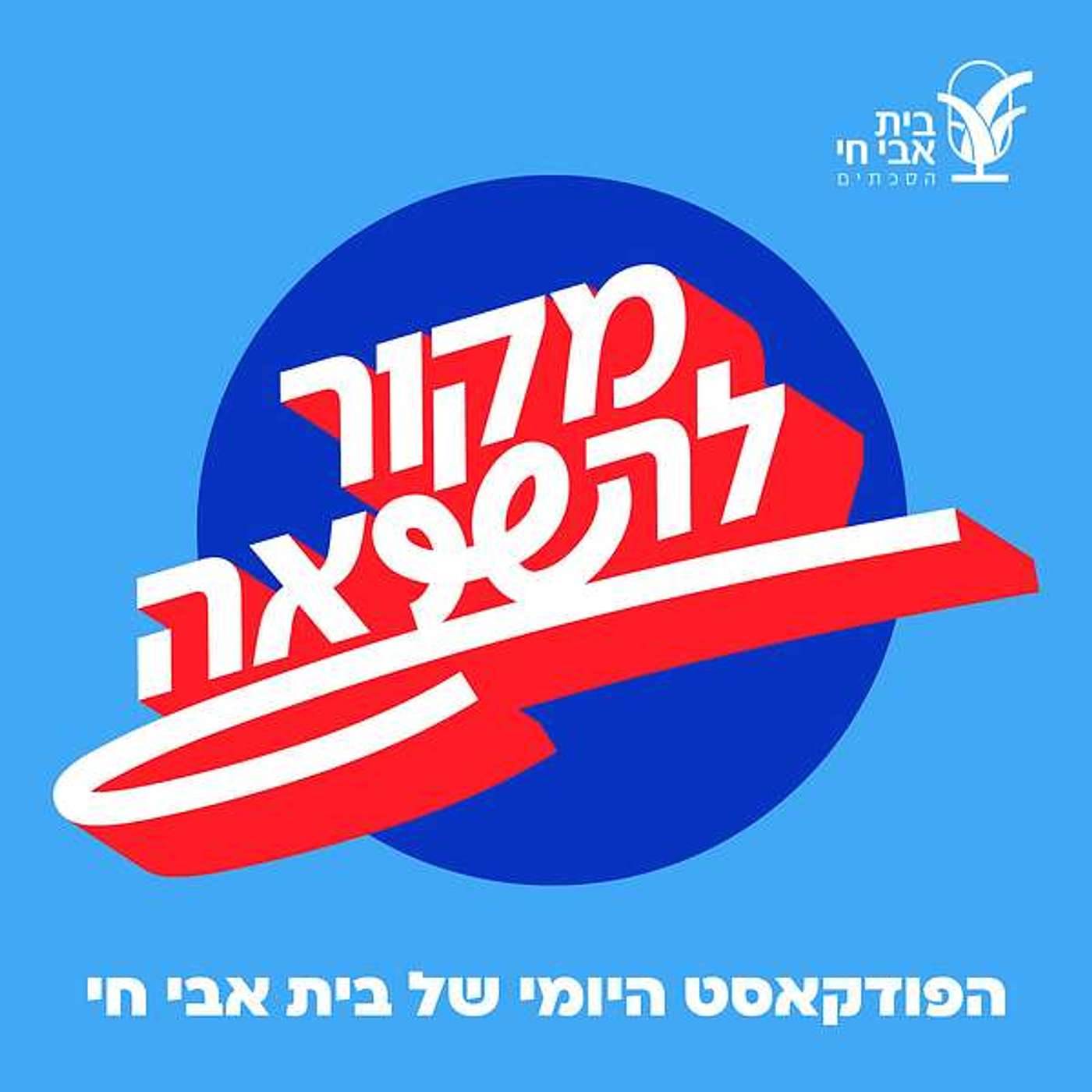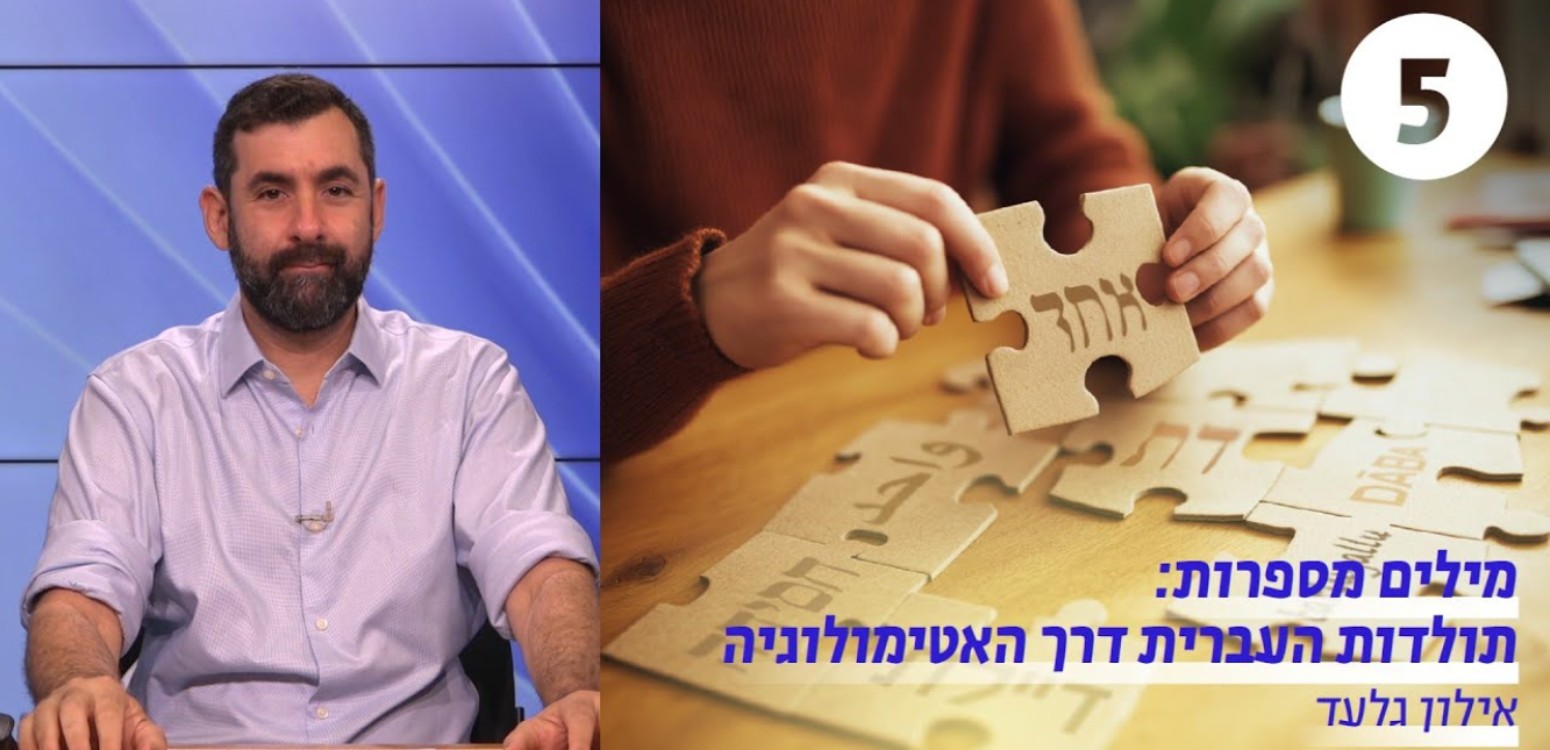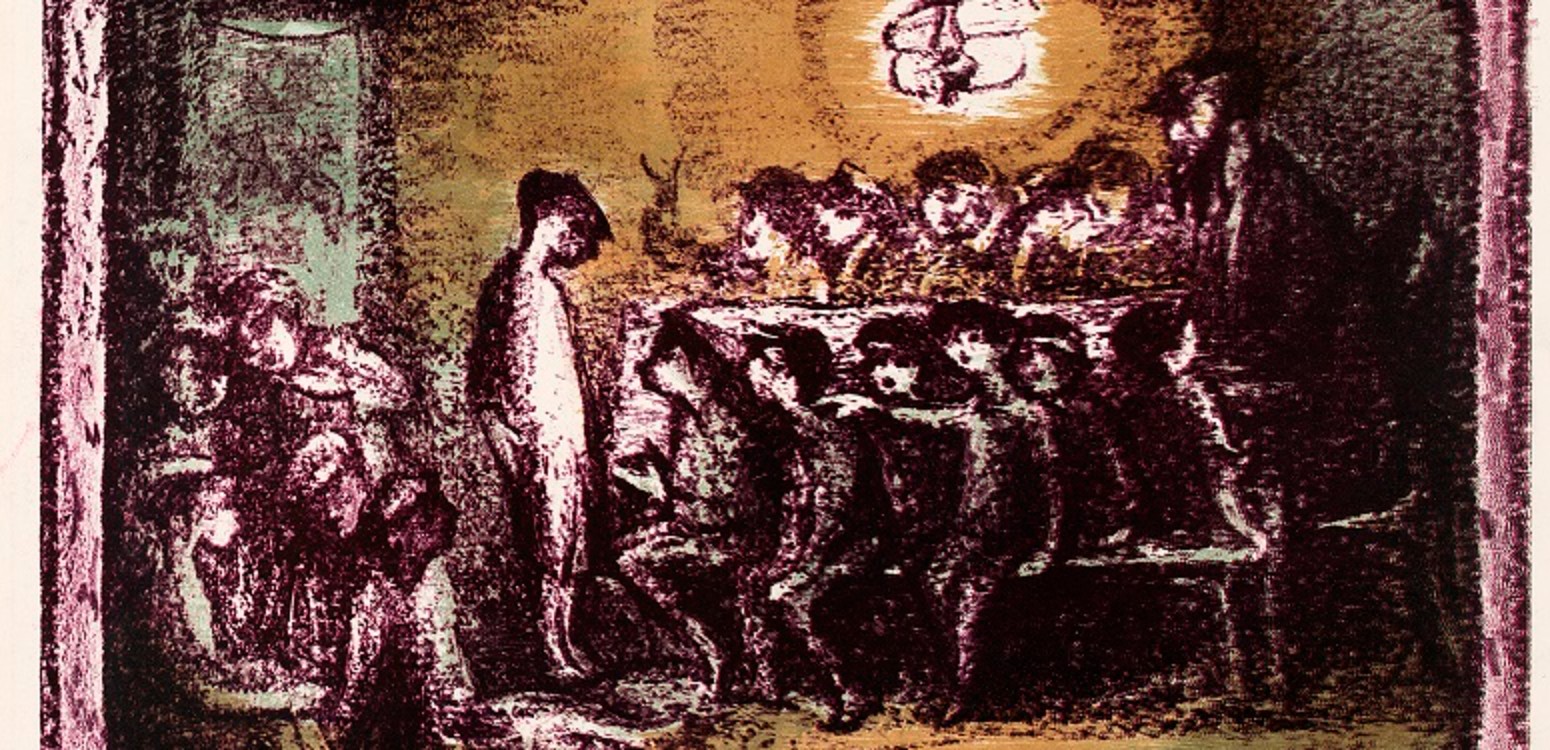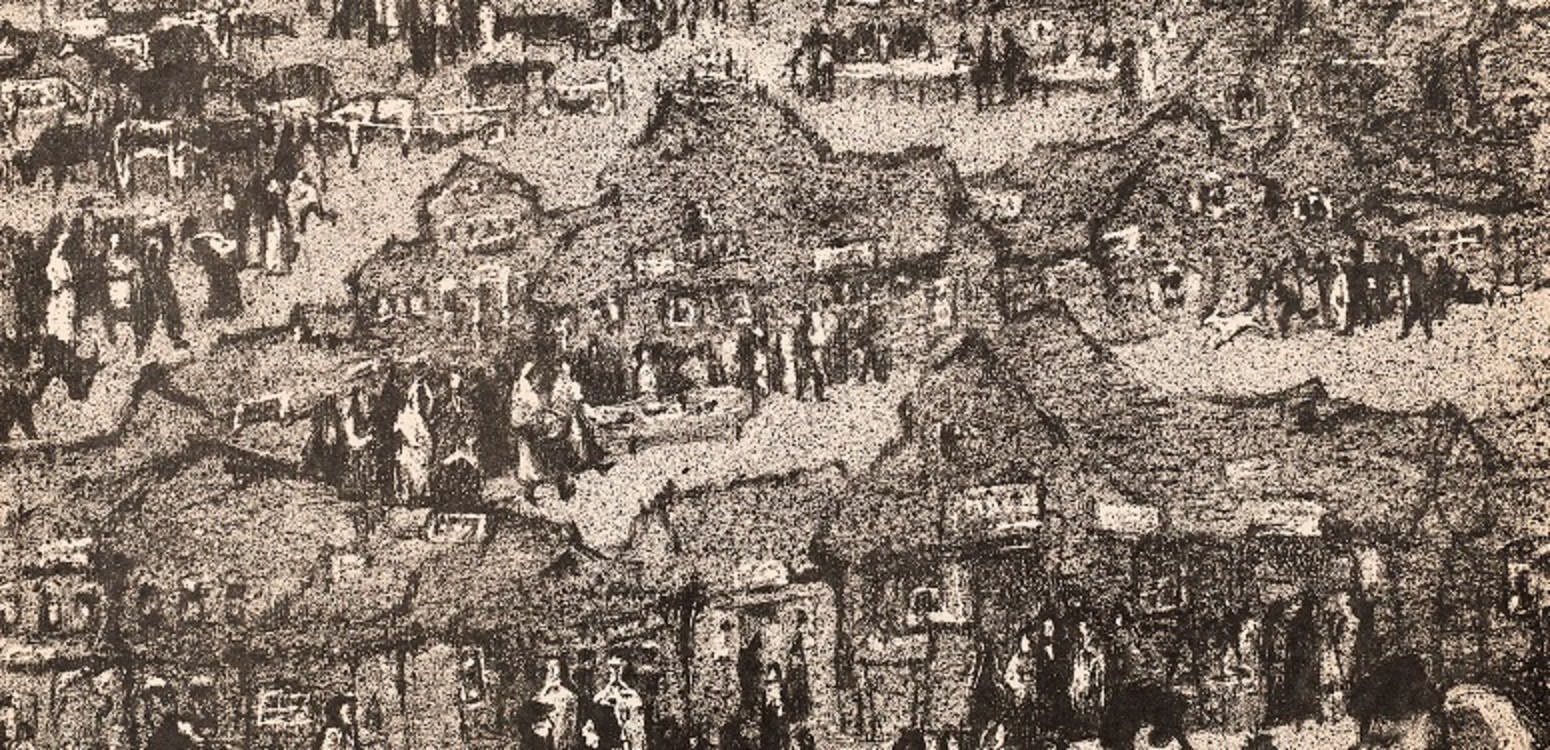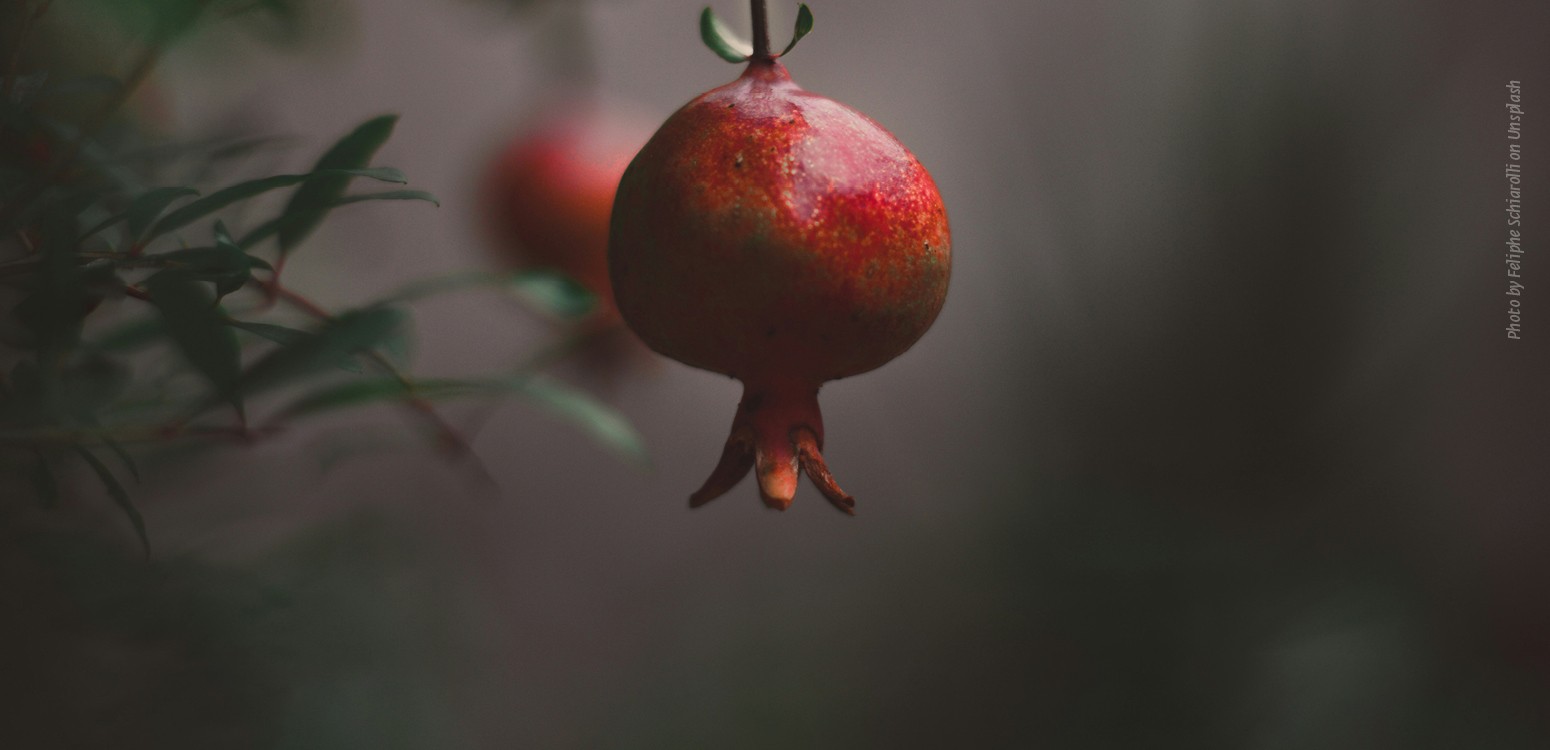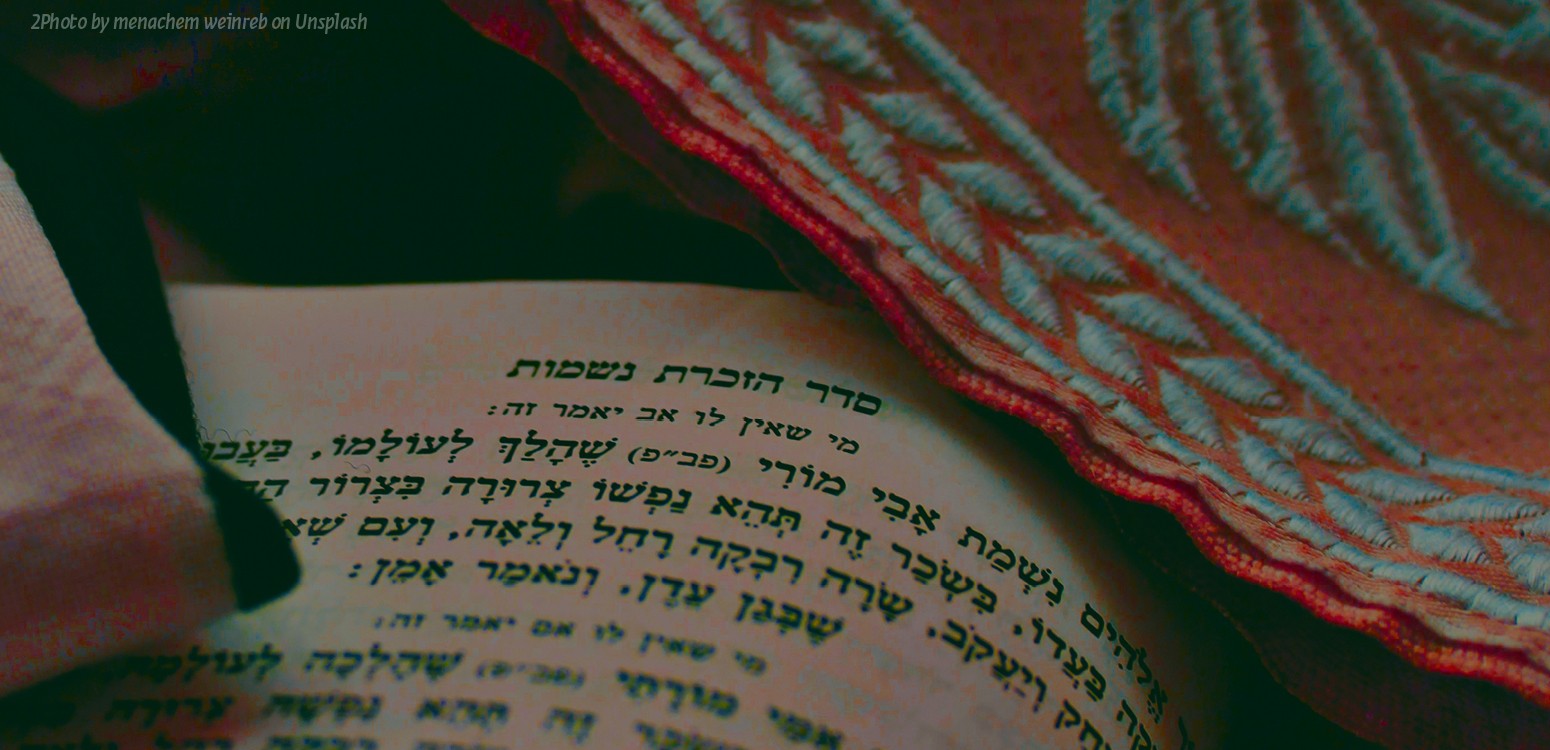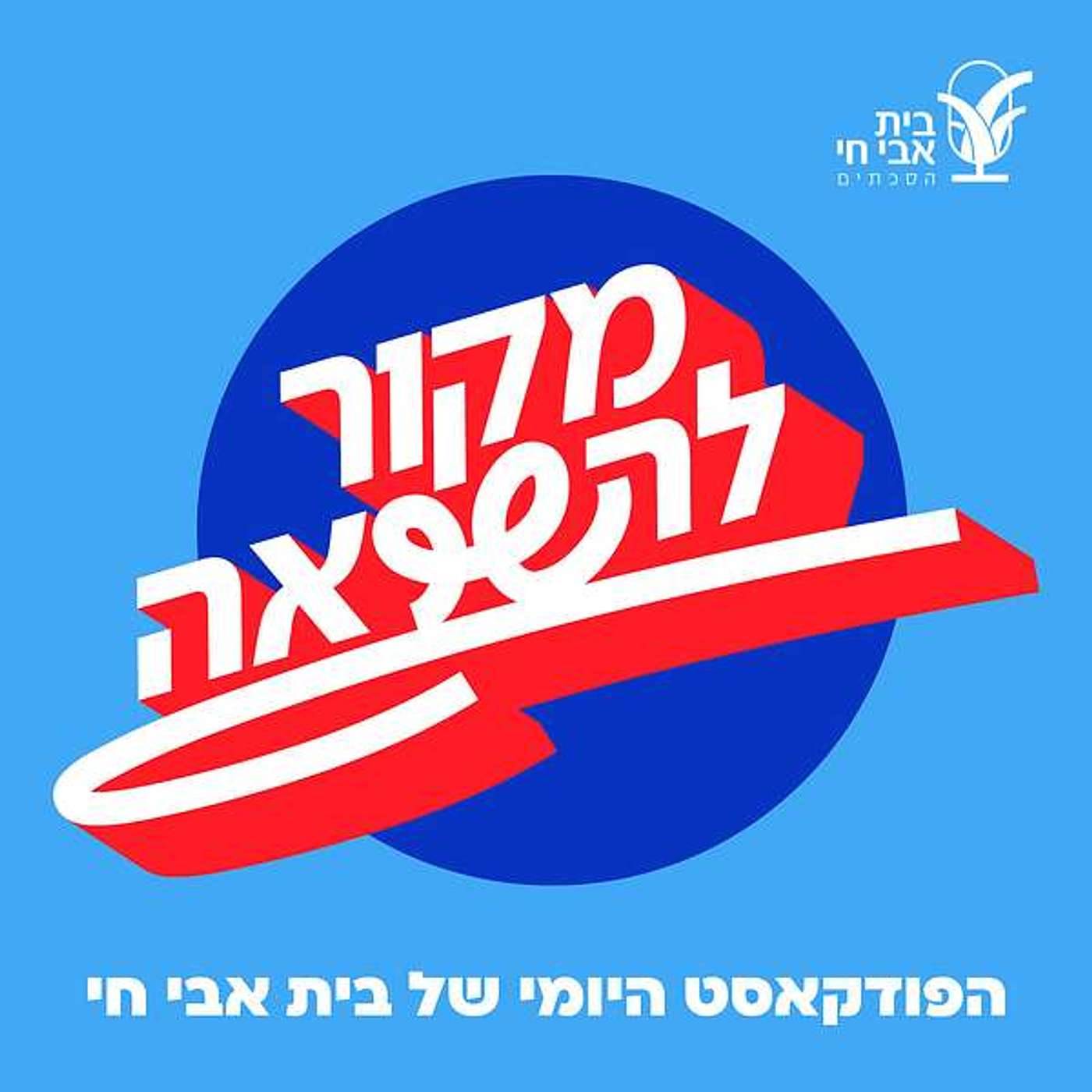Breakfast in Talbiya, Oil on Canvas, 67 * 82 cm|Marek Yanai
Since antiquity, writers and artists have striven to express the sublime and ethereal beauty of Jerusalem, a city that Israeli poet Yehuda Amichai described as “a port city on the shore of eternity”. How does one represent Jerusalem’s incomparably rich history and capture the mesmerizing light that reflects from its ancient walls, sprawling hillsides, and buildings of Jerusalem stone? How does one portray the way it breathes at different parts of the day, its smells and its sounds, the sense that it is mysteriously touched, so intimately and yet so elusively, by the Divine?
~ ~ ~
Marek Yanai is a living participant in this lineage of artists devoted to the challenge of rendering the uniqueness of Jerusalem. Born Marek Sharfhartz in Germany in 1946, he made Aliya from Poland in 1957. As a student at Jerusalem’s celebrated Bezalel Academy, he changed his surname when, despite his talents, he struggled to land a date. “Who would go out with a guy named ‘Sharfhartz’?” he joked when we first met.
Despite international exhibitions, and his tenure as a senior lecturer at Bezalel since 1996, Yanai’s work remains mostly unknown outside of Israel. When I visited his cramped Jerusalem studio, lined with worn wooden shelves filled with five decades of oils and watercolors, I found a short man with a wrinkled face, large hands, sparkling eyes, and a clever sense of humor washing coffee mugs in an old sink. His fifth-floor window overlooks the roof of a motorcycle shop, a view that reminded me of a cemetery filled with broken, decaying, and mostly wheelless motorbikes, and beyond it streets and shops like those found in any city. Yet if one stretches a bit, from the same window one can glimpse the outlines of Mount Gilo.
As Yanai shared the contours of his life in a Hebrew sprinkled with witty Yiddishisms, I got up from an old wooden chair covered with splashes of dry paint to peruse the shelves, populated by works depicting Jerusalem as both majestic and mundane. Awe-inspiring images blend and mingle with those of everyday realities. Domestic scenes show old staircases, sitting rooms, and set tables. Watercolors portray people both prominent and common.
I gently pulled out a large still-life depicting a table crowded with a menagerie of objects: a silver teapot, a small block of yellow cheese protruding from white onion paper, the remains of a loaf of French bread, a hexagonal jar of berry jam, a glass of reddish tea on a white porcelain saucer, a silver teaspoon and butter knife resting on a white kitchen napkin with blue and white stripes on each side. Nearby, a half-peeled lemon, a short porcelain tea pot, a silver topped sugar container, and a folded copy of the Haaretz newspaper in English. The table is framed by a large window, its glass doors open to admit light, and a breathtaking view of modern Jerusalem. Orange tiled rooftops, Jerusalem-stone apartment buildings, green parks, the Knesset and other symbols of the Israeli government, the 11th-century Monastery of the Cross, and more common buildings represented in golden silhouettes.
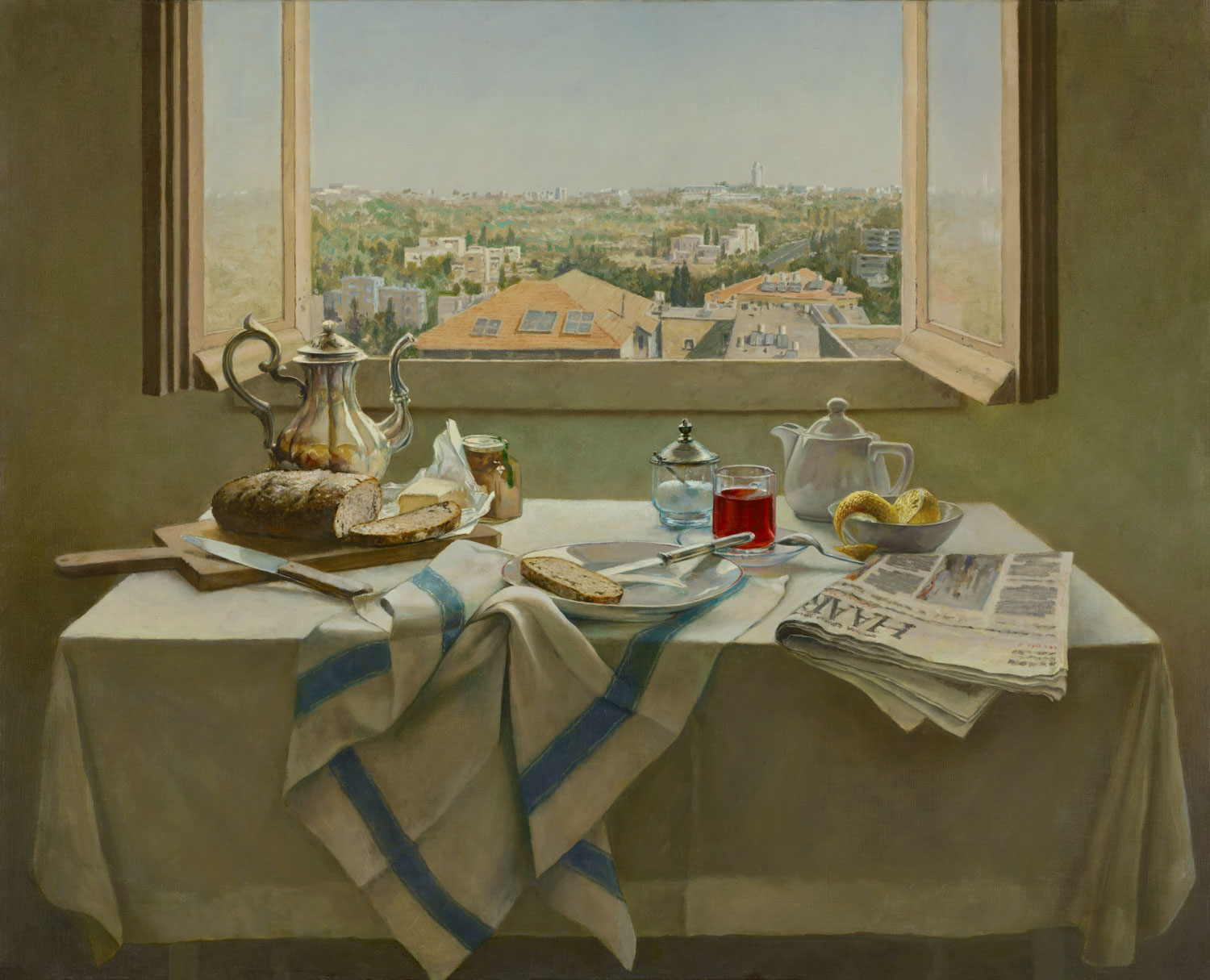
Breakfast in Talbiya, Oil on Canvas, 67 * 82 cm|Marek Yanai
This painting of an Israeli breakfast, 'Breakfast in Talbiya', evokes an entire Jerusalem story of recently arrived immigrants, as Israelis don’t generally set their tables with silver and porcelain. Yet it also shows how they are woven into the city’s fabric, their Israeliness represented by the symbolic flag that underlies all the European foods and dishes, and the view of apartment buildings with their ubiquitous white water tanks, black solar panels, and red roof tiles, new towers intertwined with old Jerusalem stone buildings in the background.
Beyond the layers of meaning Yanai captures in his work, what struck me that day, in virtually every painting in his studio, was the light that illuminates. In every image, light pours through open doors and windows, and defines the angles of his scenes, dancing, refracting, and making itself known.
Jerusalem has always been defined by a special light associated with the sacred. Yosef Sarig’s 1972 song, “Or Ve'yerushalayim” (“Light and Jerusalem”), composed to mark the fifth anniversary of the city’s unification, and inspired by a winter day on which he visited the city to bid farewell to his grandmother, adapts a verse from Psalm 104. Where the source describes God as “clothed in glory and majesty, wrapped in a robe of light”, the opening line of his chorus sings: “I saw a city, wrapping itself in light”. A few years ago in Beit Avi Chai’s courtyard, framed by Jerusalem’s light, musicians Maya Belsitzman and Matan Efrat performed a powerful new rendition of this song that can be found on our website.
~ ~ ~
At times, we speak of people as having a certain light about them. Both Yanai and his Jerusalem canvases shine with precisely this same light.
Many artists, among them the most celebrated, have produced numerous self-portraits in different periods of their lives. The near absence of self-portraiture among Yanai’s unforgettable portraits of Jerusalem and of Israeli personalities is perhaps surprising. This survivor of the destruction of European Jewish life, this man whose hand has painted some of the most beautiful scenes of Jerusalem and her citizens, almost always leaves himself out of his work. He appears instead within the layered meanings that populate his canvasses and in the light that animates fifty prolific years of work.
When S.Y. Agnon accepted the Nobel Prize in Literature, the only Hebrew writer to be honored as laureate who produced and set many of his most compelling works in Jerusalem, he proclaimed: “Through a historical catastrophe – the destruction of Jerusalem by the emperor of Rome – I was born in one of the cities in the diaspora. But I have always deemed myself a child of Jerusalem, one who is in reality a native of Jerusalem”.
In this sense, whether Agnon, born in Galicia, Yanai, born in Germany, or myself, born in Russia, we are all natives of Jerusalem.
Marek Yanai displays rare gift for capturing fleeting moments of Jerusalem life, weaving the city’s majesty into everyday realities without diminishing, and even uniquely celebrating, its special light. Psalm 50 proclaims that “Out of Zion, the perfection of beauty, God shines forth”, anointing Jerusalem as the focal point and font of revelation. Yanai’s work reveals that perhaps Jerusalem’s secret is how it enables the quotidian to shine with the light of the Divine.
Beit Avi Chai is pleased to open a retrospective presenting work from nearly every period of Marek Yanai’s prolific career, curated by Amichai Chasson, so that many others, whether through our on-site or online galleries, can behold the light and beauty that bursts forth in the work of this outstanding artist.


